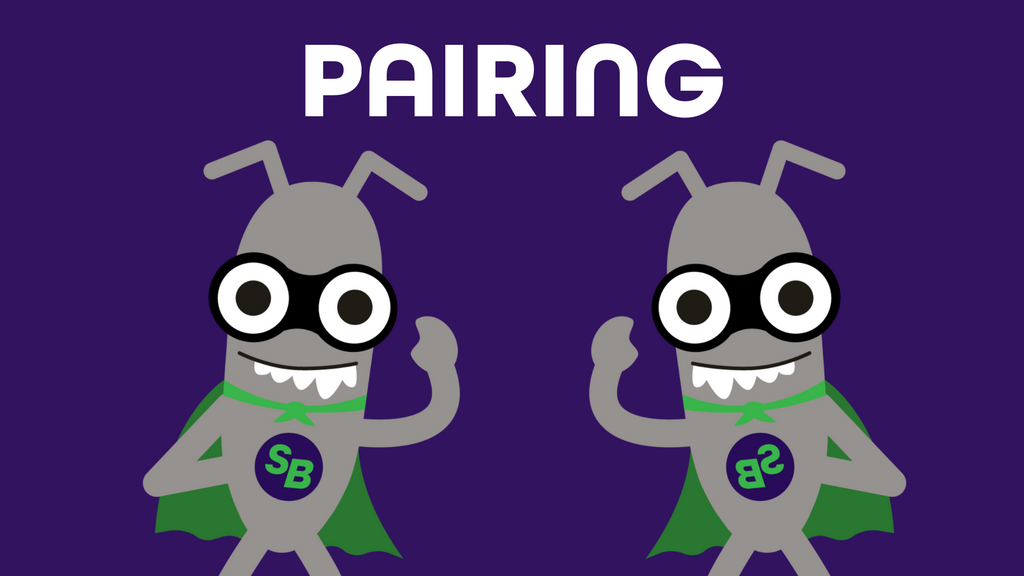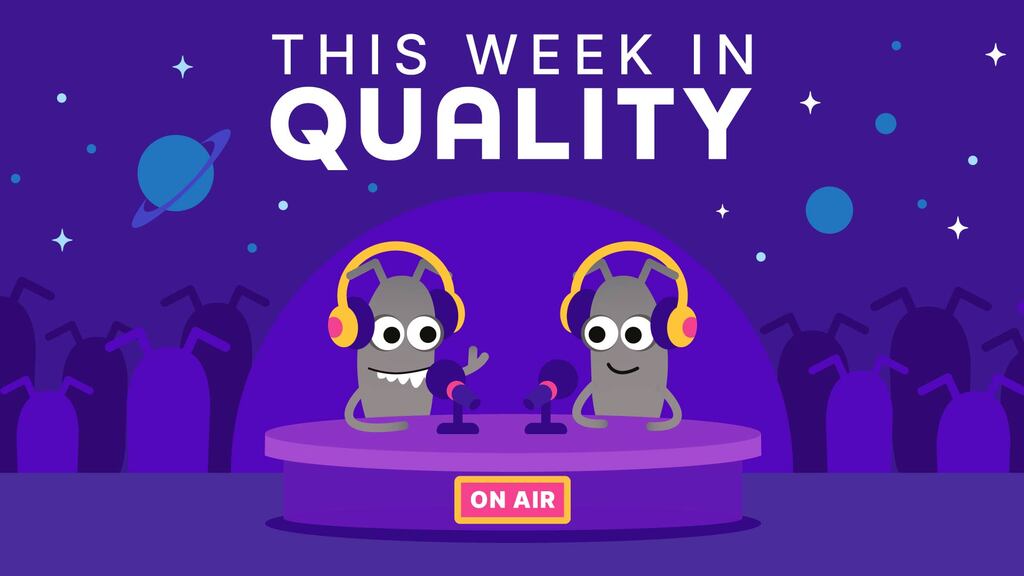Pairing is a collaborative practice where two people work together, either at a single screen or a shared one if working remotely, tackling one task together. It is a fundamental concept in agile and lean software development. The idea is simply that two heads are better than one, and you get an immediate, continuous code or test review.
This practice includes many different kinds of pairings:
This practice includes many different kinds of pairings:
- Pair programming is a classic example. Two developers work together on the same code. One person, the 'driver', writes the code while the other, the 'navigator', constantly reviews it, thinks ahead, and looks for potential bugs or issues. They swap roles regularly.
- Pair testing is just as valuable. This can involve two testers working together, or a tester and a developer. One person actively performs the testing on the keyboard, while the other observes, takes notes, asks questions, and brainstorms new ideas to find bugs.
- Cross-functional pairing extends this collaboration to different roles. A great example is an analyst and a tester pairing up to review a set of requirements. The analyst provides the business context, and the tester brings their unique perspective on potential scenarios, edge cases, and missing information, helping to identify ambiguities or problems at the outset.
Ultimately, pairing is about more than just finding bugs. It is a powerful way to share knowledge, improve communication, and ensure high-quality output by getting a second pair of eyes on a problem from the very beginning.




